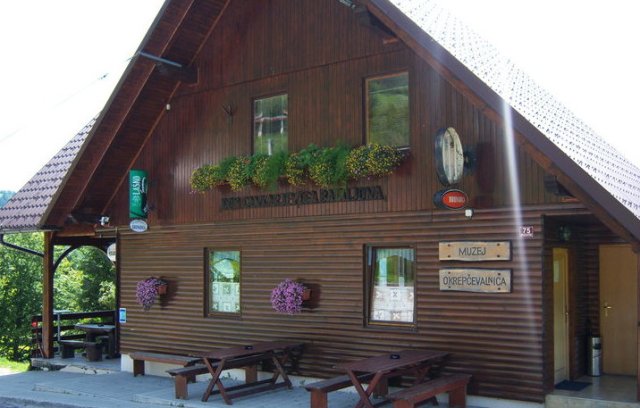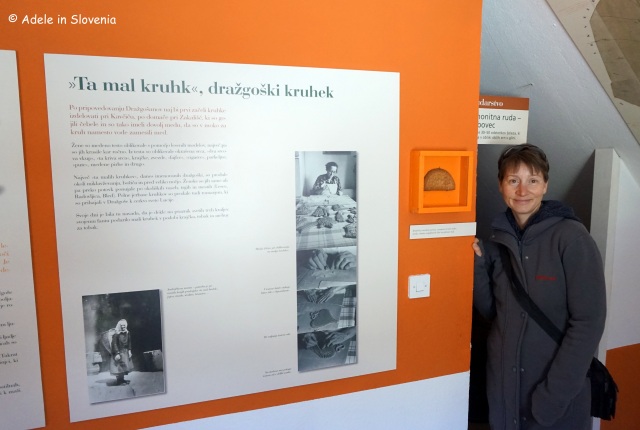Statistics show that the large majority of people who visit Slovenia tend to do so for just a few days, either as just a mini-break or as part of a longer trip taking in some of the neighbouring countries. And for those limited in time, the focus is usually on the ‘usual’ tourist hot-spots i.e. Bled Lake, Ljubljana, Postojna Caves, Piran... However, in visiting just these, admittedly marvellous, places, you miss – in my opinion – a large swathe of the country and the chance to see the ‘real’ Slovenia.
Granted, I might be a bit biased since I’m fortunate to live in Radovljica, which has one of Slovenia’s best-preserved medieval old town centres and is a member of the Association of Historical Towns and Cities of Slovenia, but since Slovenia is a perfectly compact country, it is very easy to get around and make detours to other places of interest. So, sure, go to the usual tourist hotspots to tick them off the list, but do take time to see more of Slovenia’s countryside, culture and history too!
For example, if you are visiting Bled, then turn off the motorway (or get off the train or bus) just one stop early, and within minutes you will be in the historic old town centre of Radovljica where you can see, amongst others, the frescoed townhouses, the Baroque St. Peter’s Church, and the Šivec House Gallery.
The Radovljica Mansion is home to the Museum of Apiculture, the Municipal Museum, and a music school. During daylight hours the building is always open and visitors are welcome to go in and look at the photographic exhibitions in the entrance foyer.
Don’t miss a visit to Lectar Inn where you can try traditional Slovenian food and downstairs visit the workshop with it’s 250-year tradition of making red-iced and decorated gingerbread hearts.
Radovljica also offers a wealth of great places to stroll, hike, cycle, do water sports, or partake in other active or less active pursuits. Or you can just sit on one of the benches at the viewing area and and soak up the views of the Julian Alps, the Jelovica Plateau and the Sava River.
And be sure to come hungry as you won’t want to miss the chance to taste some of the delicious locally-produced food at the 13 restaurants that collaborate in the Taste Radol’ca project.
In addition to Radovljica , there are a further 13 towns and cities included in the Association of Historical Towns and Cities of Slovenia – Idrija, Kamnik, Koper, Kostanjevica na Krki, Kranj, Metlika, Novo Mesto, Piran, Ptuj, Slovenske Konjice, Škofja Loka, Tržič and Žužemberk.
More information about Radovljica can be found here – http://www.radolca.si/en/radovljica-area/ and more about the association here – http://www.zgodovinska-mesta.si/eng/index.php
© Adele in Slovenia












































